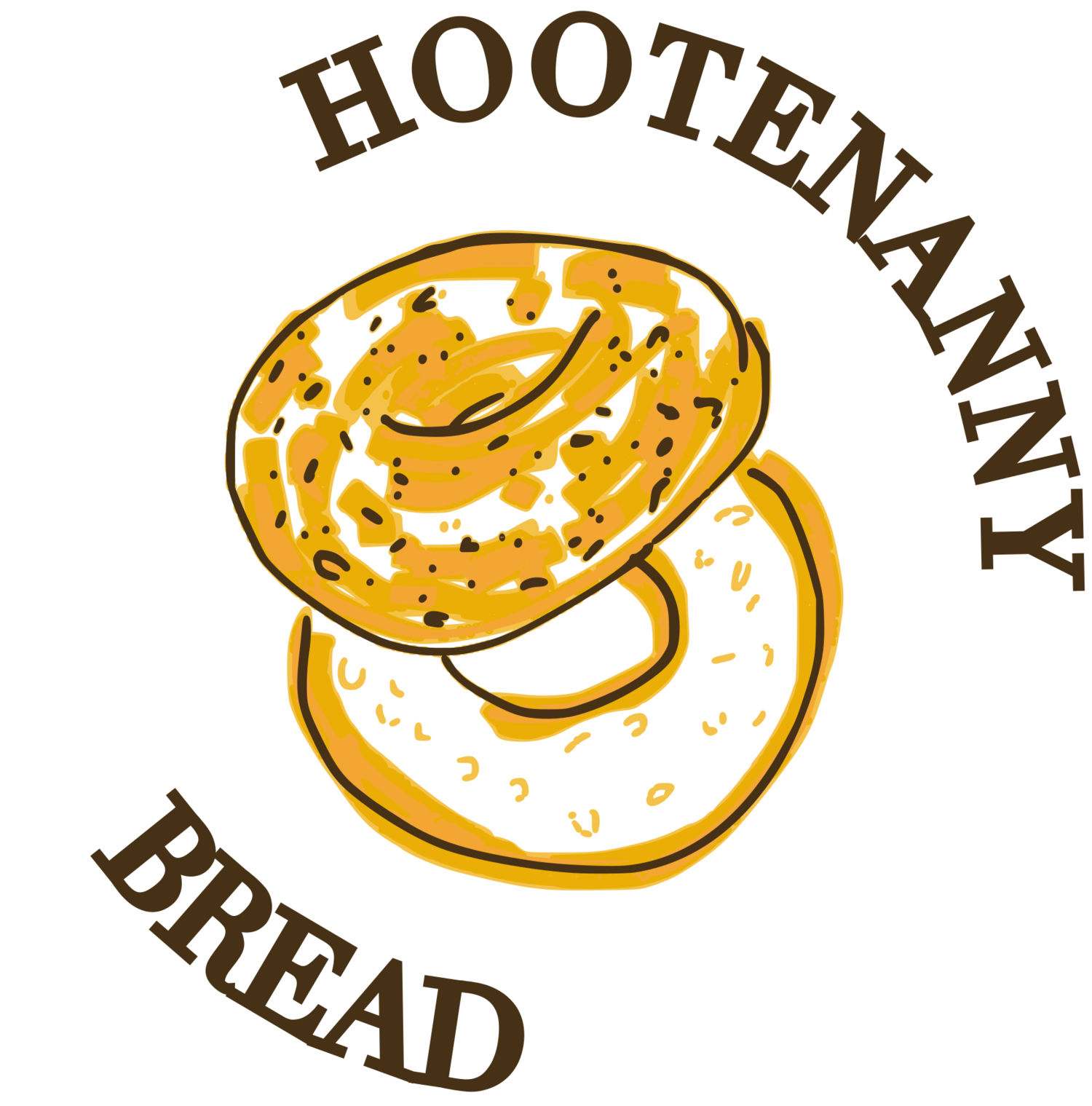The Bialy, also known as a bialystoker kuchen, is a traditional Polish bread roll that originated in the Jewish community of Białystok, Poland. Its history can be traced back to the early 19th century when Jewish bakers in Białystok began creating this unique and flavorful bread.
The Bialy is often described as a cousin to the bagel, but with a distinct shape and texture. Unlike a bagel, which is boiled before baking, the Bialy is baked without boiling. It is typically round with a depressed center, resembling a small, flat bread roll. The depression is traditionally filled with a mixture of diced onions and sometimes poppy seeds.
In the early 20th century, many Jewish immigrants from Eastern Europe brought the Bialy recipe with them to the United States. They settled primarily in New York City, particularly in the neighborhood of Bialystoker in Manhattan’s Lower East Side. The Bialy quickly became a beloved staple of Jewish cuisine in the city.
Over the years, the Bialy has gained popularity beyond the Jewish community and has become a beloved bread roll in many parts of the world. Its chewy texture, slightly sweet taste, and the savory onion filling make it a delightful treat for breakfast or any time of the day.
Today, Bialys can be found in various bakeries and delis, both in traditional Jewish neighborhoods and beyond. While the original Bialy recipe remains popular, there are also modern variations that incorporate different fillings such as cheese, garlic, or even smoked salmon.
The Bialy’s rich history and unique flavor have made it a cherished part of Jewish culinary heritage and a beloved bread roll enjoyed by people of different backgrounds around the world.

